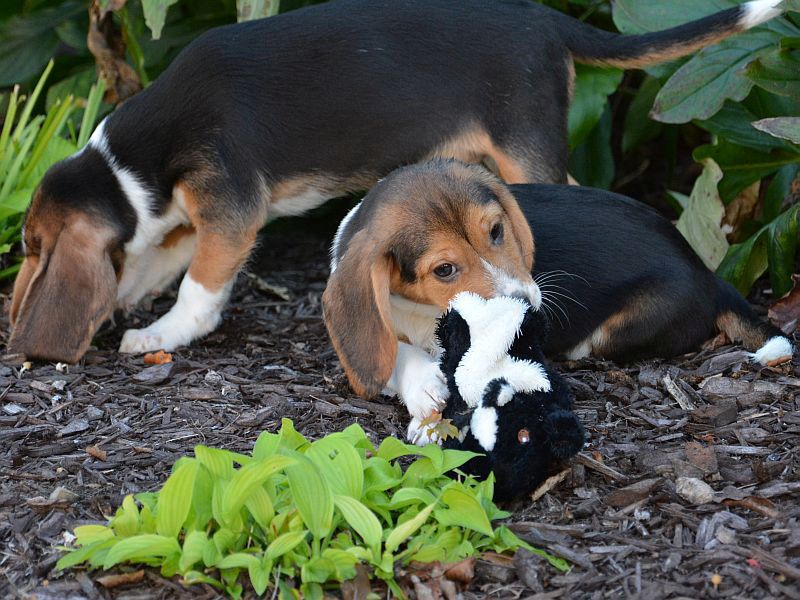-
Tips for becoming a good boxer - November 6, 2020
-
7 expert tips for making your hens night a memorable one - November 6, 2020
-
5 reasons to host your Christmas party on a cruise boat - November 6, 2020
-
What to do when you’re charged with a crime - November 6, 2020
-
Should you get one or multiple dogs? Here’s all you need to know - November 3, 2020
-
A Guide: How to Build Your Very Own Magic Mirror - February 14, 2019
-
Our Top Inspirational Baseball Stars - November 24, 2018
-
Five Tech Tools That Will Help You Turn Your Blog into a Business - November 24, 2018
-
How to Indulge on Vacation without Expanding Your Waist - November 9, 2018
-
5 Strategies for Businesses to Appeal to Today’s Increasingly Mobile-Crazed Customers - November 9, 2018
7 half-pound mutts become first test-tube puppies in world
This Sept. 29, 2015, photo provided by Cornell University College of Veterinary Medicine shows seven week-old puppies born by in vitro fertilization at the Baker Institute for Animal Health in Ithaca, N.Y. The advancement opens the door for conserving endangered species of canids and for eradicating heritable diseases in dogs. She gave birth to seven healthy puppies, two from a beagle mother and a cocker spaniel father, and five from two pairings of beagle fathers and mothers.
Advertisement
Lead researcher Dr Alex Travis, from Cornell’s college of veterinary medicine, said: “Since the mid-1970s, people have been trying to do this in a dog and have been unsuccessful”.
According to the December 9 research article posted to Plos One, the “intra-oviductal transfer of nineteen cryopreserved, in vitro fertilization (IVF)-derived embryos resulted in seven live, healthy puppies”.
Cornell said the breakthrough, described in a study in the journal Public Library of Science ONE, may help preserve endangered canine species using assisted reproduction techniques. In order to have the IVF work this time, researchers removed the eggs from donor dogs approximately six days after ovulation via surgery and then fertilized with sperm collected from other male dogs. “They are playful and energetic and get into everything”, says Travis, who adopted two.
In-vitro fertilization or IVF has been used to breed cattle, monkeys, and even cats.
Lead author Jennifer Nagashima explained it has been extremely hard to have dogs reproduce via IVF due to their unique reproductive systems.
The first challenge for the researchers was to collect mature eggs from the female oviduct (called Fallopian tubes in humans).
However, the team at Cornell discovered that if they left the eggs inside the dog for an extra day, they could be successful fertilised. This again required some trial and error, with the researchers determining that the addition of magnesium to the cell culture in the lab properly prepared the sperm. “We each took a puppy and rubbed it with a little towel and when it started to squiggle and cry, we knew we had success”, said Dr. Alexander Travis, one of the scientists involved. IVF could someday offer those genes a “second chance”, helping researchers to develop embryos to implant in living animals.
In 2013 the same Cornell team delivered Klondike, the first puppy born from a frozen embryo in the West. The beagle-Labrador cross was conceived by artificial insemination.
Freezing and storing the embyros allowed the scientists to insert them into the surrogate mother’s oviducts at the right time in her reproductive cycle, which occurs only once or twice a year.
At the cusp of a new era in which disease-related genes might be edited out of a human’s genome, dogs already have provided an important model for experimentation.
The investigators also pointed out that dogs and humans share hundreds of similar genetic disorders.
Advertisement
“We certainly hope that this work in a domestic dog will provide a good starting point for studies in other species of dog”, Travis said.





























